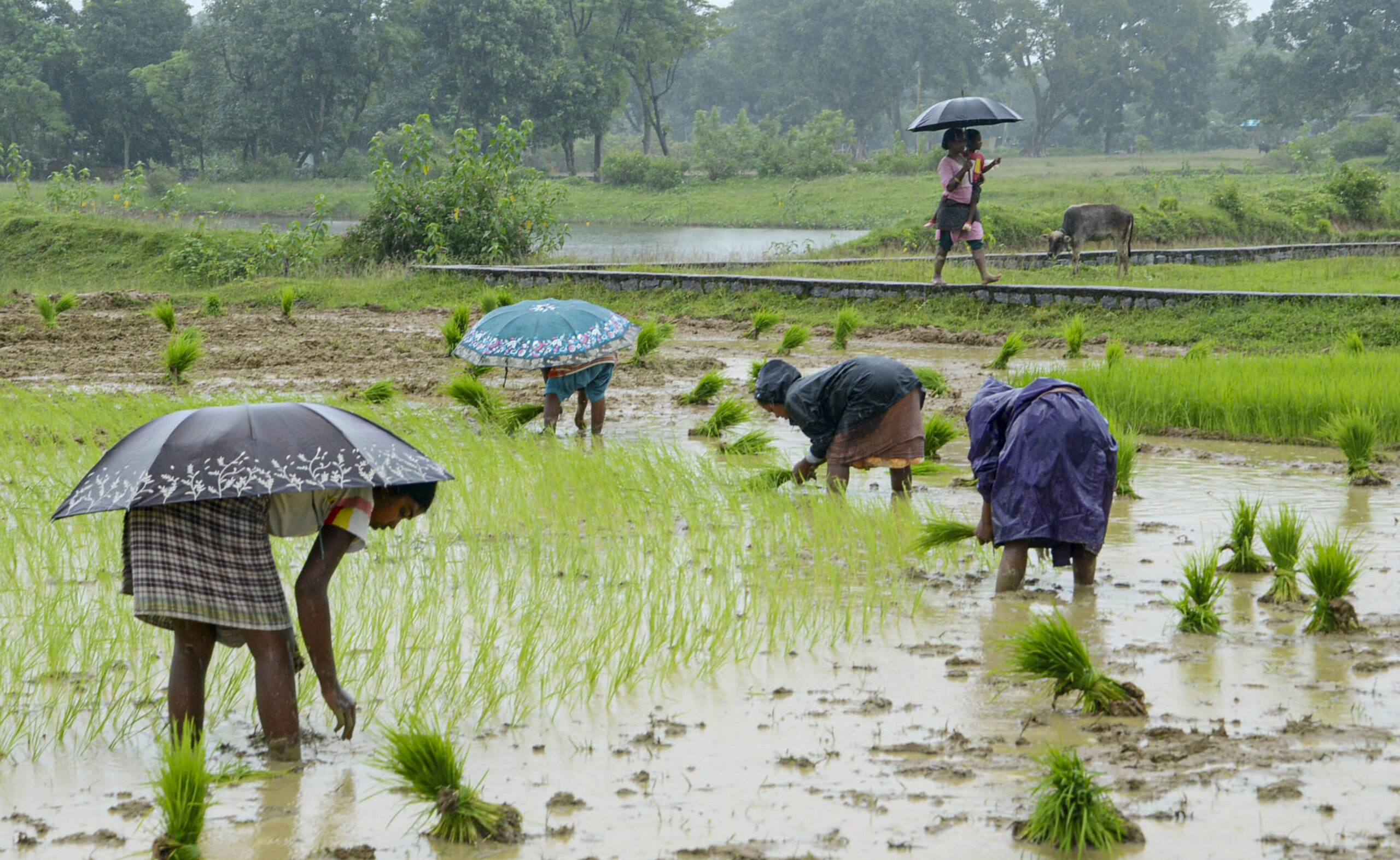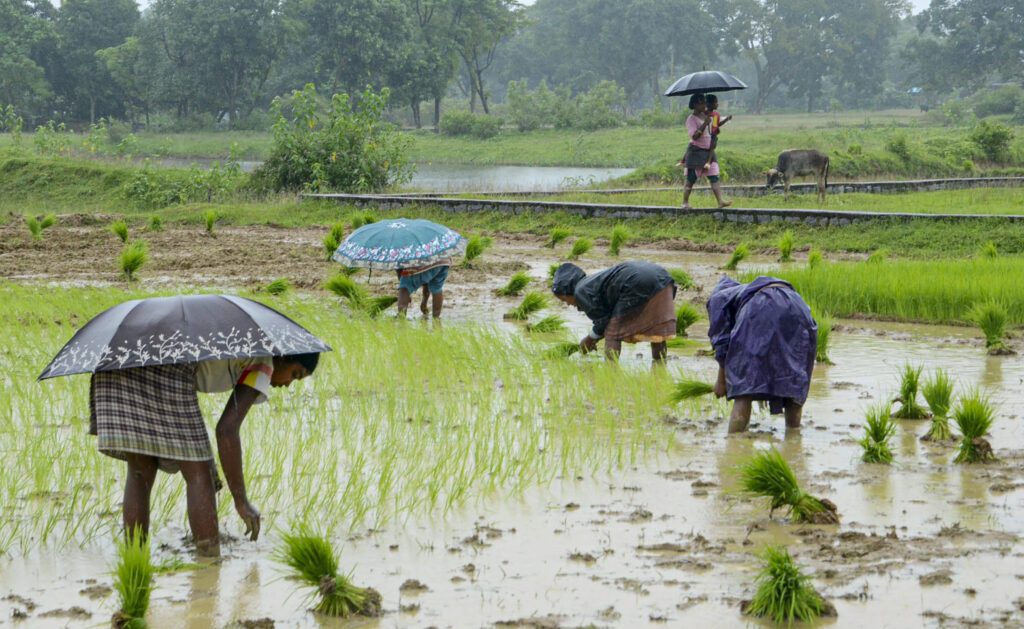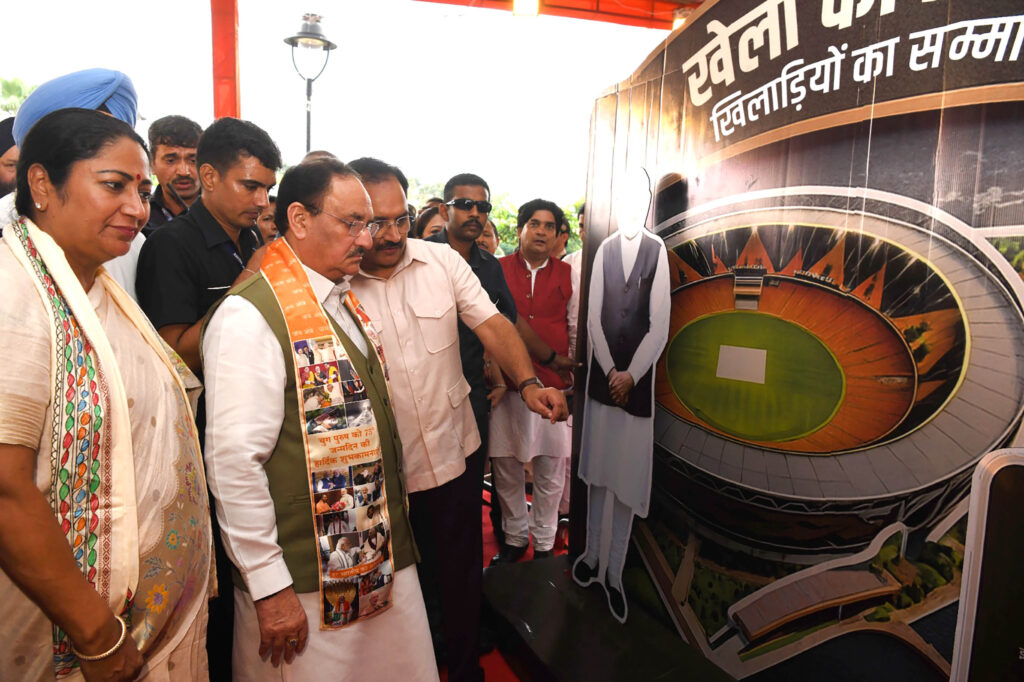
Haryana’s Rainfall Paradox: Boon for South, Bane for Paddy Belt
Uneven monsoon rains across Haryana have created a stark contrast in agricultural fortunes this July. Southern districts, including Mahendragarh, experienced above-average rainfall, proving beneficial for bajra and cotton cultivation. Farmers in these regions report healthy yields and positive prospects.
However, the picture is drastically different in the state’s paddy-growing heartland. Karnal and Ambala, key rice-producing areas, suffered from deficient rainfall. This has forced farmers to heavily rely on groundwater irrigation, impacting both crop yields and water tables.
Many farmers in these districts have been compelled to replant their paddy seedlings, adding to their already mounting costs. The increased reliance on groundwater raises serious concerns about long-term water sustainability in these regions.
The India Meteorological Department’s forecast for August predicts increased rainfall, offering a glimmer of hope for the affected farmers. However, the damage caused by the July deficit remains a significant concern, highlighting the vulnerability of Haryana’s agriculture to erratic monsoon patterns. The situation underscores the urgent need for improved water management strategies and drought-resistant crop varieties to ensure food security in the state.







